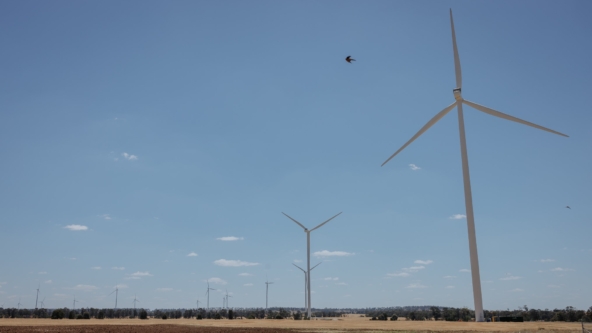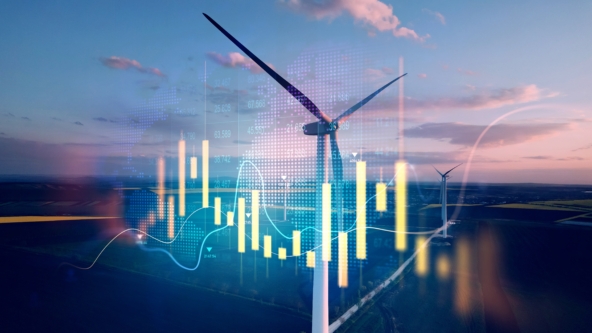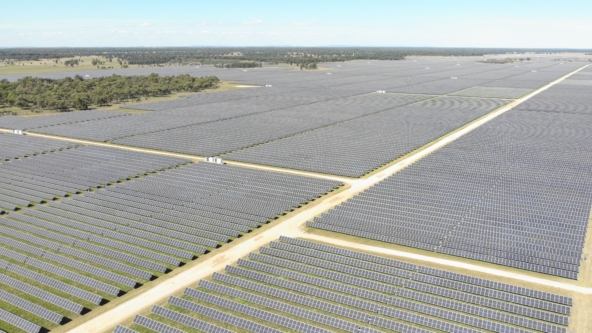Liddell Power Station retires in NSW
On the 28th of April, the final unit of the Liddell Power station was turned off, marking the end of 52-years of operations making it Australia’s oldest coal power station.
In 2015, when AGL announced it would close Liddell, it was generally considered inevitable by the electricity industry. However this sparked fierce political debate regarding the transition to renewable energy and climate change policy in Australia.
So far, since Liddell’s exit, we have not seen any marked change in volatility or impact on wholesale market outcomes.

AEMO Quarterly Energy Dynamics Report: Q1 2023

AEMO’s quarterly energy dynamics update highlighted several important trends across the National Electricity Market (NEM). Firstly, wholesale prices averaged $83/megawatt hour (MWh) in Q1 2023, with the average quarterly price varying from $56/MWh in Victoria to $104/MWh in Queensland. Operational demand across the NEM declined to its lowest Q1 average since Tasmania joined the NEM in May 2005. Growth in distributed photovoltaics (PV) has continued, reaching a new Q1 output record, driving down operational demand and reflecting resumption of high distributed PV installation growth rates after a slowdown in 2022.
Generation from grid-scale solar and wind increased this quarter by an average 330 MW and 134 MW respectively, yielding a record quarterly average of 4,654 MW (11% higher than the same time last year).
Federal Government Budget
The new federal budget included several announcements related to energy and commits a further $4 billion towards Australia becoming a renewable energy superpower.
Highlights include:
- $2 billion Hydrogen Head start program aiming to accelerate large-scale renewable hydrogen projects in Australia
- Accelerating the Capacity Investment Scheme, which seeks to unlock $10 billion in investment
- The establishment of a NetZero Authority which will “have responsibility for promoting the orderly and positive economic transformation associated with achieving net zero emissions.”


Did you know?
You can store solar energy in salt. The sensible heat of molten salt can be used to store this energy at around 565 Degrees Celsius.
Octopus Australia Impact Report

Octopus Australia’s recently released annual impact report highlights the initiatives carried out by Octopus across our portfolios.


